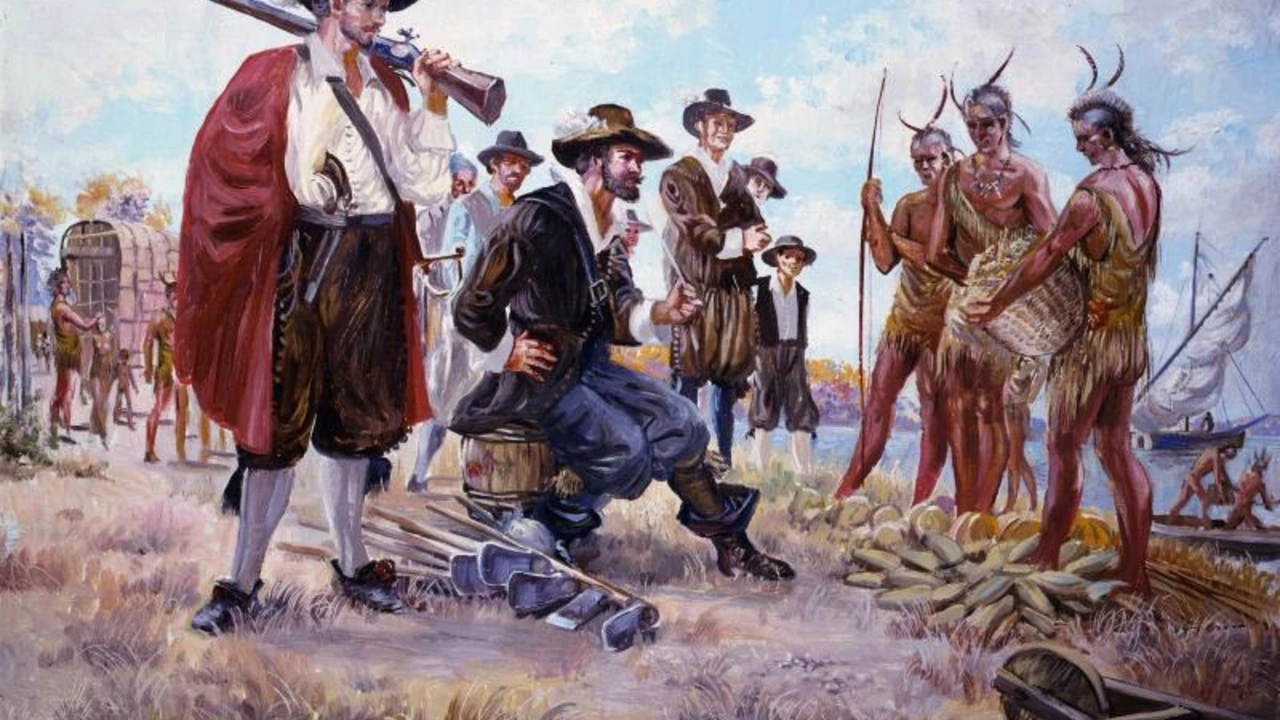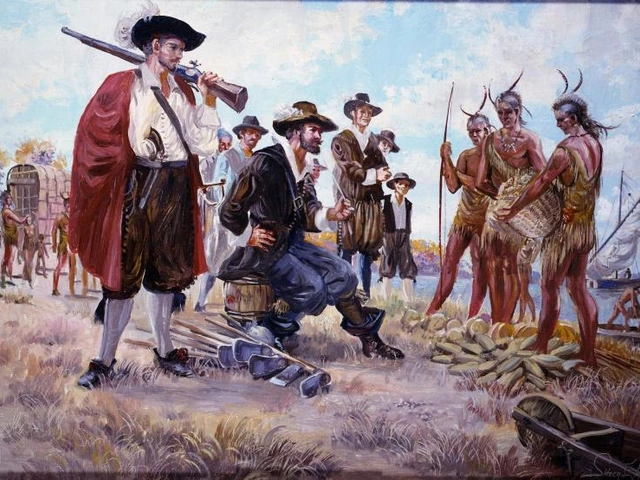
The Prehistoric Inhabitants of California
Long before the first Europeans set foot on the western coast of North America, California was home to a diverse range of Indigenous peoples. These early Californians lived in harmony with the land, their cultures shaped by the diverse environments in which they lived. Researchers believe that the first humans might have arrived in California as early as 13,000 years ago, crossing from Asia into North America over a land bridge that once existed in the Bering Strait.
These early Californians, often referred to as Paleo-Indians, were hunter-gatherers who subsisted primarily on local plants and animals. They developed complex cultures and societies, with distinct languages, traditions, and ways of life. They were the original inhabitants of California, the first people to call this land home.
The Native American Tribes of California
Over time, these early inhabitants developed into a variety of distinct tribes and nations, each with its own unique culture and traditions. There were over 100 distinct Native American tribes in California, each with its own unique culture, language, and way of life. These tribes lived in diverse environments, from the coastal areas to the mountainous regions, from the arid deserts to the fertile valleys.
Some of the most well-known tribes include the Chumash, the Pomo, the Hupa, and the Yurok. These tribes developed complex societies, with sophisticated political systems, rich artistic traditions, and deep spiritual beliefs. They were skilled hunters, gatherers, and fishers, and they developed techniques for managing the land that were sustainable and respectful of the environment.
The Spanish Arrival and Mission Era
The arrival of the Spanish in the 16th century brought drastic changes to the Indigenous peoples of California. The Spanish established missions along the coast, aiming to convert the Indigenous peoples to Christianity and to integrate them into the Spanish colonial system. This period, known as the Mission Era, was marked by cultural conflict, disease, and disruption to traditional ways of life.
The missions disrupted traditional cultures, imposing new religions, languages, and ways of life. Many Indigenous peoples were forced into servitude, their lands taken away and their cultures suppressed. The impact of the Mission Era was profound, and its effects are still felt today.
The Mexican Rule and Gold Rush Era
Following Mexico's independence from Spain in 1821, California came under Mexican rule. During this time, the Spanish missions were secularized, and large tracts of land were granted to Mexican citizens. These land grants often included the traditional territories of Indigenous peoples, leading to further displacement and cultural disruption.
The discovery of gold in California in 1848 brought a massive influx of settlers from around the world. The Gold Rush had a devastating impact on the Indigenous peoples of California, leading to further displacement, violence, and disease. By the end of the 19th century, the Indigenous population of California had been significantly reduced.
The American Period and Beyond
California became part of the United States in 1850, following the Mexican-American War. The American period brought further changes to the Indigenous peoples of California, with policies aimed at assimilating them into mainstream American society. These policies often involved the suppression of traditional cultures and languages, the imposition of new ways of life, and the disruption of traditional lands and resources.
Despite these challenges, the Indigenous peoples of California have shown incredible resilience and strength. They have worked hard to preserve their cultures and languages, to reclaim their traditional lands and resources, and to assert their rights and sovereignty. Today, they continue to contribute to the rich cultural tapestry of California, their stories a vital part of the state's history and identity.
Conclusion
In conclusion, California has been home to a diverse range of peoples and cultures long before the arrival of Europeans and Americans. From the prehistoric inhabitants of the land to the diverse Native American tribes, from the Spanish and Mexican colonizers to the American settlers, each has left its mark on the state. It is important to remember this history, to honor the Indigenous peoples who first called this land home, and to acknowledge their ongoing contributions to the state's culture and identity.







Write a comment